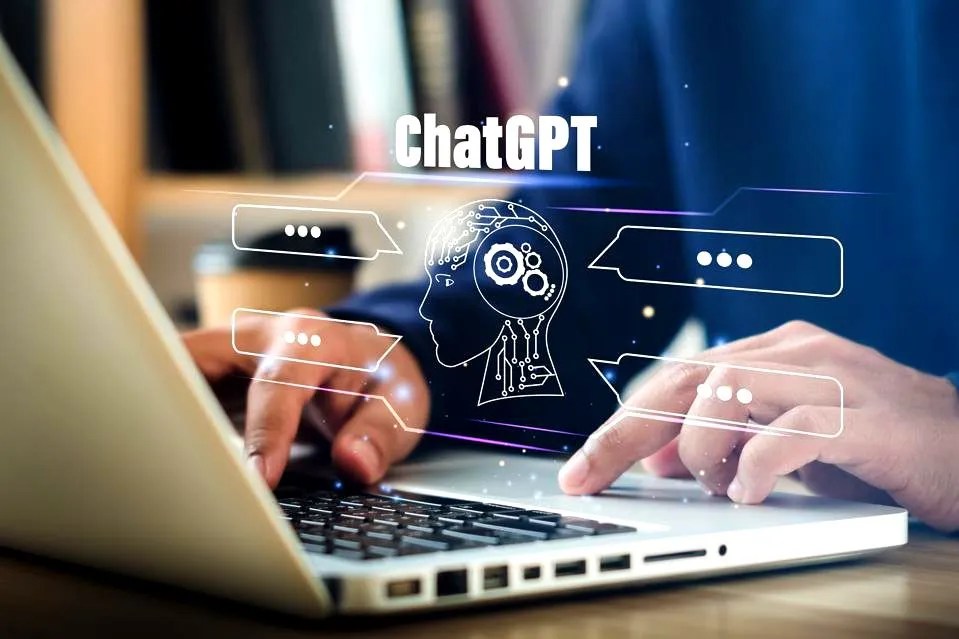AI models are computational algorithms designed to mimic human intelligence by learning from data, identifying patterns, and making decisions or predictions without explicit programming instructions.
These models leverage techniques from machine learning and deep learning to analyze large datasets and extract meaningful insights.
In simple terms, an AI model is characterized by its capacity to independently make decisions or forecasts, rather than merely imitating human intelligence. One of the initial triumphs in AI came with checkers and chess programs in the early 1950s. These models empowered the programs to respond directly to human opponents rather than adhering to predetermined sequences of steps or actions.
Types of AI Models
- Supervised Learning: In supervised learning, AI models are trained on labeled datasets, where each input is paired with a corresponding output. The model learns to map inputs to outputs based on examples provided during training, enabling it to make predictions on new, unseen data
- Unsupervised Learning: Unsupervised learning involves training AI models on unlabeled datasets, where the model must discover patterns or structures within the data on its own. This approach is often used for clustering, dimensionality reduction, and anomaly detection tasks
- Reinforcement Learning: Reinforcement learning is a trial-and-error-based learning paradigm, where an AI agent interacts with an environment and learns to maximize a cumulative reward signal over time. This approach is commonly used in gaming, robotics, and autonomous systems
- Deep Learning: Deep learning is a subfield of machine learning that employs artificial neural networks with multiple layers (deep architectures) to learn complex representations from data. Deep learning has achieved remarkable success in tasks such as image recognition, natural language processing, and speech recognition
Most advanced AI applications, like the large language models (LLMs) powering modern chatbots, utilize deep learning. It requires tremendous computational resources.
Below, we take a look at the potential applications of Artificial Intelligence in the crypto and blockchain sector:
Predictive Analytics
AI models can analyze historical cryptocurrency price data and market trends to forecast future price movements and identify potential trading opportunities. These predictive analytics can help investors make informed decisions and optimize their investment strategies in the volatile cryptocurrency market.
Fraud Detection and Security
AI-powered fraud detection systems can monitor cryptocurrency transactions in real-time, flagging suspicious activities and identifying potential security threats or fraudulent transactions. By leveraging advanced machine learning algorithms, blockchain networks can enhance security and mitigate risks associated with cyberattacks and financial fraud.
Smart Contracts and Decentralized Finance
AI-powered smart contract platforms can automate the execution of financial agreements and transactions, enabling seamless and secure peer-to-peer interactions without the need for intermediaries.
In the realm of decentralized finance (DeFi), AI models can optimize lending protocols, predict market trends, and assess creditworthiness, facilitating the development of innovative financial products and services.
The Solana blockchain took the lead by integrating a ChatGPT plugin to enhance the user experience around DeFi.
#Solana Becomes First Blockchain to Integrate Artificial Intelligence
In response to the growing interest and potential in exploring the convergence of the @solana blockchain and artificial intelligence (AI), the Solana Foundation has decided to significantly increase its… pic.twitter.com/jAMFWrReXg
— BitKE (@BitcoinKE) May 28, 2023
Using the plugin, users can:
- Purchase non-fungible tokens (NFTs)
- Transfer tokens
- Examine transactions
- Interpret public account data
- Search for NFT collections based on their floor prices on the Solana blockchain
Market Sentiment Analysis
AI models can analyze social media sentiments, news articles, and other sources of information to gauge market sentiment and investor sentiment towards specific cryptocurrencies or blockchain projects.
This sentiment analysis can provide valuable insights into market dynamics, investor behavior, and potential market trends.
Tokenization and Asset Management
AI-powered tokenization platforms can facilitate the digitization of real-world assets, enabling fractional ownership and transferability of assets on blockchain networks. AI algorithms can also optimize asset management strategies, re-balance portfolios, and automate investment decisions based on predefined criteria and risk preferences.
Since the popularity of AI, we have seen the emergence of AI tokens, which have become very valuable in the crypto market.
REPORT | Watch Out for AI Tokens in 2024 After 185% Gains in Q4 2023, Says Binance Research
AI tokens demonstrated superior performance compared to major cryptocurrencies such as Bitcoin (BTC) and Ether (ETH) in 2023. Bitcoin ended the year [2023] with a 150% increase, while… pic.twitter.com/6axbDYu9Pa
— BitKE (@BitcoinKE) January 12, 2024
While there is a raft of such crypto – AI projects and tokens, the following are some of the pioneers in the field:
- SingularityNET ($AGI)
- Ocean Protocol ($OCEAN)
- Fetch.ai ($FET)
In conclusion… Artificial Intelligence represents a powerful tool that can unlock new opportunities and drive innovation in the cryptocurrency and blockchain space. By leveraging AI technologies, organizations can enhance security, improve efficiency, and unlock new value propositions in finance, governance, and beyond.
As AI continues to evolve, understanding its potential applications in cryptocurrency and blockchain will be crucial for navigating the complexities of the digital economy and shaping the future of finance.
Follow us on Twitter for the latest posts and updates
Join and interact with our Telegram community
___________________________________________
___________________________________________








